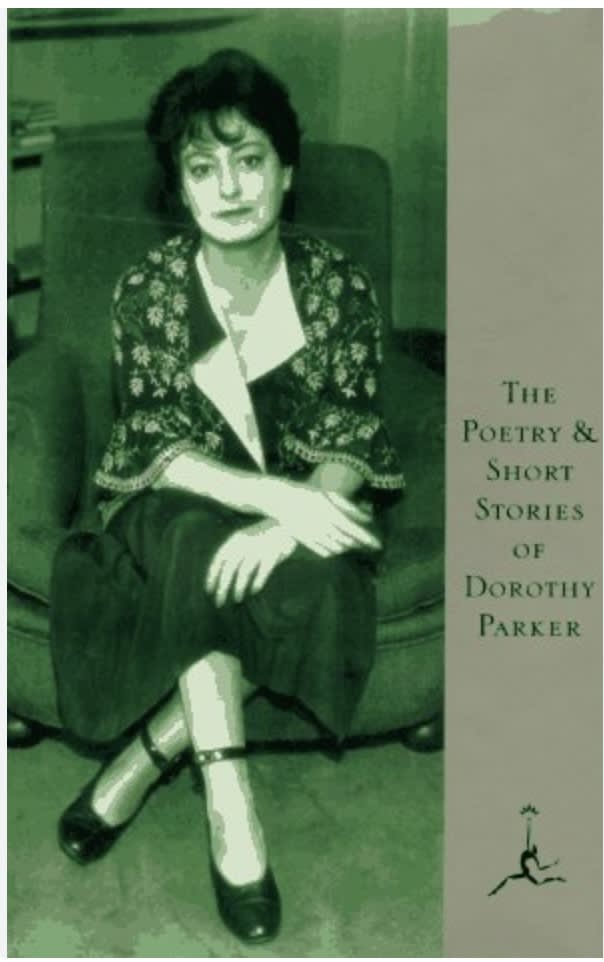Ambiguity in short stories from Dorothy Parker
Some examples of ambiguity in Parker's prose, with a brief reflection on how ambiguity informed her writing.
My favorite example to illustrate ambiguity in Linguistics 101 classes is: She spotted the dolphin with binoculars. It’s a six-word sentence—with at least six distinct interpretations(!).1 The possible meanings multiply because the sentence shows both lexical ambiguity (the word choice is a source of confusion: “spotted” as in saw vs. marked) and structural ambiguity (the structure of phrases have more than one possible outcome, which leads to a different roles being played by different actors: who/what had the binoculars?).
Generally, ambiguity is best avoided in writing. Dorothy Parker was a poet, short story writer, and a founding member of the famous group of shap-witted artists in New York City in the early 20th century, the Algonquin Round Table. So I took note when I stumbled down the garden path in a few of Parker’s sentences.
From “Arrangement in Black and White”
The woman with the pink velvet poppies twined round the assisted gold of her hair traversed the crowded room at an interesting gait combining a skip with a sidle, and clutched the lean arm of her host. (Who/what twined, the woman or the poppies?)
From “The Wonderful Old Gentleman“
Mrs. Bain had brought in cider in the best tumblers, and had served some of her nut cookies in the plate painted by hand with clusters of cherries—the plate she had used for sandwiches when, several years ago, her card club had met at her house. (The clusters of cherries were used as a painting instrument? This reading may be far-fectched, but it derailed me, perhaps because it is analogous to the reading of the dolphin sentence, primed in my mind, where the binoculars are used as an instrument with which to make spots.)
From “Here We Are”
The young man in the new blue suit finished arranging the glistening luggage in tight corners of the Pullman compartment. (Does “in tight corners” differentiate this group of luggage from another that is not located in tight corners? Or does “in tight corners” describe where he does the arranging of the luggage?)
To cultivate her wit and her insights about power, gender, mortality, and human nature, Parker fostered not only a tolerance for ambiguity, but an appreciation of it. Her keen observations about life and relationships provided the pith for her stories.
A working theory, as I ponder why this legendary writer would allow some murkiness in her meaning, is that her tolerance for ambiguity may have been dialed all the way up. As she embraced multiplicity and contradictions in people, perhaps unintended linguistic ambiguities snuck past her permissive filter and into her sentences, undetected.
Those six readings made clear:
The girl saw the dolphin while looking through binoculars. 2. The girl saw a dolphin, which had binoculars with it. 3. The girl used binoculars to make marks on the dolphin. 4. The girl made binocular-shaped marks on the dolphin (with an unnamed instrument). 5. The dolphin with binoculars indicates which dolphin (in a case with more than one dolphin) she marked with spots. 6. The dolphin with binoculars indicates which dolphin (in a case with more than one dolphin) she saw.



